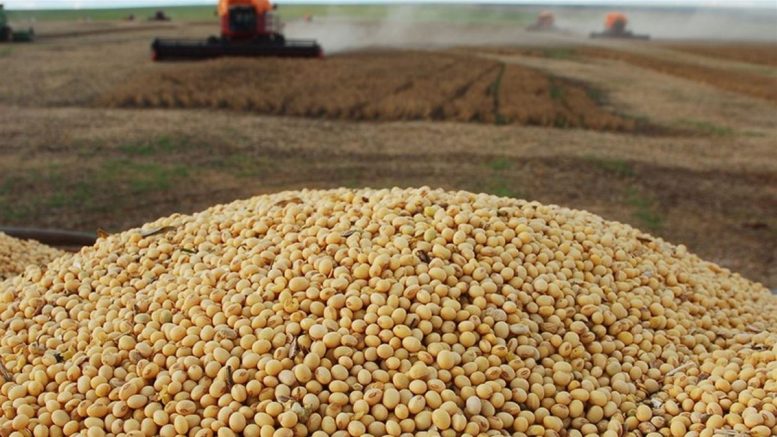“Highlight to no-tillage practices in straw, crop rotation, soil profile management, sowing speed, use of varieties adapted to the region…”
Marcelo Habe is president of the Strategic Committee of Brazilian Soybean – CESB and director of marketing and R&D at Araguaia, an agronomist from the University of Brasília, with a postgraduate degree in phytopathology. Habe was director of marketing for Sumitomo and Nufarm.
CESB holds the National Challenge for Maximum Soybean Productivity. In 2023, the 15th edition of the Challenge already has 6,500 registrations and 750 audits carried out.
In the last 5 years, the Challenge recorded an average productivity of 104.30 bags/ha among the best 100 farmers.

Marcelo Habe, president of the Strategic Committee of Brazilian Soybean
AgriBrasilis – What is the National Challenge for Maximum Soybean Productivity?
Marcelo Habe – This Challenge is a tool for technology and good practices transferring. The Challenge is also a major national productivity contest, but differs in terms of its credibility, as its information is audited, and for making farmers believe that it is possible to farm much more soybean.
If, because of the Challenge, the farmer manages to learn and extract a practice that increases his production by at least 1 or 2 bags/ha, that is already worth his participation. If we look at the Challenge productivity results table, we can see that the yield increase is replicable and scalable.
The Soybean Challenge productivity scale, that is the expected level for participants, was increased from 90 to 95 bags/hectare precisely because of the constant increases in farmers’ yields over the years.
AgriBrasilis – What agricultural practices and technologies are identified as those that increase soybean yields the most? What do champion farmers have in common?
Marcelo Habe – There is no “magical recipe” to increase yields. Each case varies a lot: from farmer to farmer, between each region, among other variables. Of course, some technological components are quite frequent in the champion cases over these 15 years of existence.
Highlight to no-tillage practices in straw, crop rotation, soil profile management, sowing speed, use of varieties adapted to the region, seeds with high vigor and germination, and use of agricultural and biological pesticides at the right time. These are just a few examples, but each technology and practice has its role and importance in yielding high productivity.
It is only possible to achieve high productivity when using sustainable practices. All the practices mentioned are techniques that allow for more resilient and sustainable agriculture, both from an environmental point of view, that is, water conservation, biodiversity preservation and carbon sequestration, and from a financial point of view, aiming at profitability and greater extraction of value per unit of arable land.
There is no specific or even dominant region in high productivity. Our data shows that any farmer can be a champion, but it doesn’t happen overnight.
A productivity building plan suited to each specific condition is required. We’ve already had champions from the States of Paraná, Bahia, São Paulo, among othes, showing that it’s not the location or the cultivar that makes the difference, but the will and knowledge to challenge your productivity limits.
AgriBrasilis – What role does the Strategic Committee of Brazilian Soybean play? Who are its members and partners?
Marcelo Habe – We are a non-profit organization founded 15 years ago, that has the strategic purpose of contributing in a referential way to the yield growths of the soybean crop, and its production system, with sustainability and profitability. Our purpose is aligned with the need to minimize the global challenges of food security and climate change.
CESB members are volunteers and important market influencers, with specializations in several areas of the soybean value chain. They are researchers from private entities; public institutions, such as Embrapa; university professors; soybean farmers; etc.

